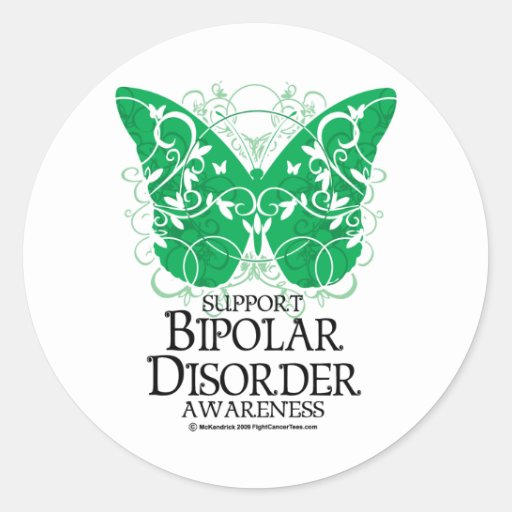Hurricane Matthew did not spare me. When we returned home from the evacuation, we discovered that an enormous pine tree fell on my house. I am devastated beyond what I can succinctly express. It will be thousands of dollars to remove the tree and even more to fix my home. The back of my house is damaged; the entire backyard is filled with the tree, as it is massive, like a California Redwood.
I am without homeowner’s insurance. I am displaced from my home and am an extraneous, immediate hardship on my parents. My depression and anxiety have increased exponentially. My guilt is so heavy; I can recognize nothing practical to be done. If only I had been in my home, under that tree when it fell, I could have unburdened my family once and for all.
This disaster has now made manifest an even greater guilt that I so carry with me always. Constantly, I am anxious and worried. I am now an even greater encumbrance to my family than I was before. The weight of my life and the torment of my mental anguish becomes greater by the day. I do not know what else God can ask of me to bear. Every time I think I find a small amount of footing, I am again knocked to my knees.
These were the words that I declared onto Facebook, emotionally, but honestly. I wasn’t exaggerating my desperation:
When you are bipolar, and already in the midst of enduring an emotional flare and you hit a legitimate major crisis, self-harm and suicide rates rise dramatically.
In the weeks leading up to the hurricane, I’d been becoming more and more depressed, despite the lifestyle changes that I’d made and the medication I was taking. Looking at my mood charts from this time last year along with my blog entries, it’s clear that this time of year is when I struggle with serious, clinical depression.
This is when I have the days when I can’t get out of bed.
When I believe I don’t deserve human niceties, such as bathing or clean clothing.
I never revealed this, but, last year, lack of self-care hit such an all-time low during the winter months that I was sometimes asked if I was homeless while outside exercising.
Why am I telling you this? Because I want you to understand the level of hatred I sometimes feel for myself.
I am an incredibly insular, selfish person, but I have a penchant for self-deprivation when it comes to self-care. And this is not because I am lazy.
Self-care restriction is an extension of anorexia in that the disorder itself is simply self-deprivation in and of itself.
I SHOULD SUFFER. I DO NOT DESERVE.
ANOREXIA IS TO SUFFER.
It is the restriction of food. Does a diet feel like punishment to you? Anorexia feels like hell to me.
BULIMIA IS TO HAVE AND HAVE NOT, BUT TO DIE FOR THE SHAME OF WANTING.
Bulimia is a cyclical, unending, unstoppable inescapable punishment. Does overeating feel like guilt to you? Bulimia feels like degradation to me.
TO NOT BATHE IS TO SUFFER. Does a skipped shower feel like an itchy inconvenience to you? It feels like the infliction of a paltry penance to me.
This internal torture, my madness, I understand cognitively that it is faulty thinking. It’s not right, there are missing synapses firing in my brain, making me feel strongly in ways that I shouldn’t.
I am not well.
Does God not like us to select our own punishments when we feel we deserve self-deprivation? Is he angry that I am taking matters into my own hands by suffering or does he perhaps feel I simply have not felt enough pain?
I am writhing in pain, graceless.
And this, this is a new punishment.



















